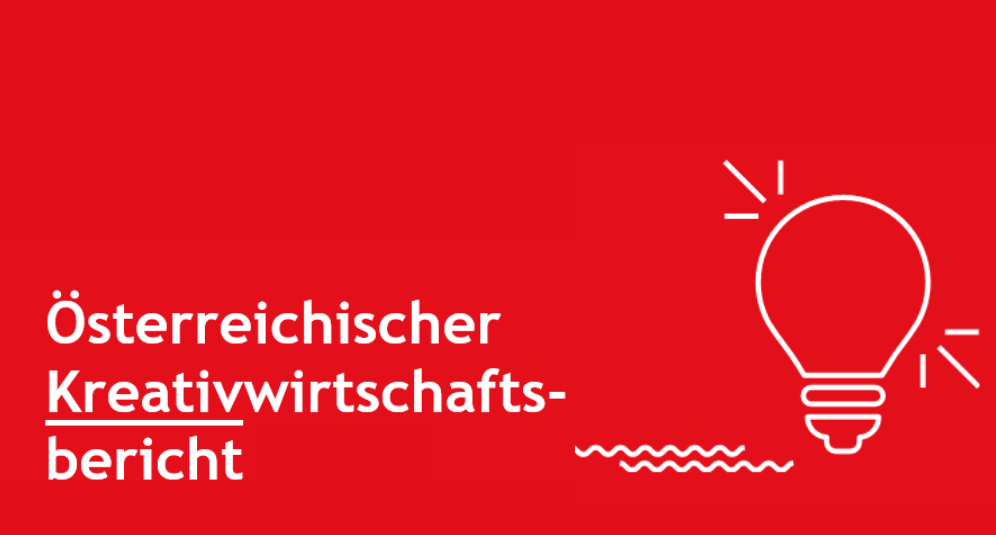Austrian Creative Industries Report 2025
Despite difficult economic conditions, the creative industries remainative industries remain an important economic factor and act as a driver of innovation, introducing new technologies to a wide range of sectors. Even in economically challenging years, the sector shows resilience: the years 2023 (and 2024) are characterized by a recession in Austria. A projection shows that the creative industries will perform better than the economy as a whole in 2023.
Around 76,000 companies with over 208,000 employees can be assigned to the creative industries; these companies, which are almost exclusively micro-enterprises, mostly even one-person businesses, generate around € 32.6 billion in annual sales. This corresponds to an increase (also due to inflation) of around 16% compared to the previous year. In terms of the overall economy, the direct significance of the creative industries, measured by the number of companies, is 13%. In terms of other key indicators such as sales revenues, gross value added and gross operating surpluses, the creative industries account for between 3% and 4% of the overall economy.
"The creative industries are an indispensable innovation and economic factor in Austria. With over 76,000 companies, 208,000 employees and a turnover of 32.6 billion euros, it not only contributes 3% to GDP, but also acts as a driving force for other sectors. Creative professionals inspire with fresh ideas and new approaches that contribute significantly to the ecological, digital and social transformation."
Dr. Wolfgang Hattmannsdorfer, Federal Minister for Economic Affairs, Energy and Tourism
Elisabeth Zehetner, State Secretary at the Federal Ministry for Economic Affairs, Energy and Tourism
"The creative industries are the trendsetters of our economy. Its companies are the "speedboats" that help other companies to master the transformation through creative solutions and innovative business models. With a 3% share of GDP and a turnover of 32.6 billion euros, the creative industries are not only a strong economic sector, but also a catalyst for change in the economy as a whole."
Dr. Harald Mahrer, President of the Austrian Federal Economic Chamber
The diversity of business models and business concepts in the creative industries is very large. Many people work in these sectors on a part-time basis - in some cases as an introduction to self-employment - but with their own companies; as a result, there are around 23,500 companies with an annual turnover of less than € 10,000.
The most important areas of the creative industries are the art market (24,400 companies) followed by advertising (15,600 companies); in terms of the number of employees, software & games is the largest sector overall with 53,000 employees, followed by the two sub-sectors already mentioned, the art market (with 44,500 employees) and advertising (with around 37,500).
Compared to the overall economy, the creative industries have a smaller average company size (3 compared to 6 employees per company) and a significantly higher proportion of one-person companies (74% compared to 55%). As most companies in the creative industries operate in the service sector (and therefore have a lower cost of goods), their relative personnel expenses are higher than in the overall economy (23% compared to 16%).
The proportion of women in total employment is 43% (2% points above the average for the economy as a whole); in the book and publishing sectors this is above average at 61%, as are design (57%) and advertising (51%), while the music industry (30%) and software & games (27%) have the lowest proportions.
The proportion of self-employed women varies greatly between sectors: While in design (56%), books & publishing (44%), the art market (40%) and advertising (41%) it is well above the average for the creative industries (35%) and the economy as a whole (37%), it is well below average in architecture (18%), radio & TV (20%), software & games and the music industry (9% each).
